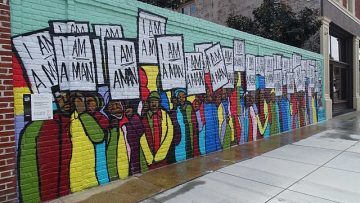Brandon Bloch in the Boston Review:
 “No one in the world feels the weakness of general characterizing more than I.” So lamented Johann Gottfried von Herder, towering figure of the German Enlightenment, in his 1774 treatise This Too a Philosophy of History for the Formation of Humanity. “One draws together peoples and periods of time that follow one another in an eternal succession like waves of the sea,” Herder wrote. “Whom has one painted? Whom has the depicting word captured?” For Herder, the Enlightenment dream of grasping human history as a seamless whole came up against the irreducible particularity of individuals and cultures.
“No one in the world feels the weakness of general characterizing more than I.” So lamented Johann Gottfried von Herder, towering figure of the German Enlightenment, in his 1774 treatise This Too a Philosophy of History for the Formation of Humanity. “One draws together peoples and periods of time that follow one another in an eternal succession like waves of the sea,” Herder wrote. “Whom has one painted? Whom has the depicting word captured?” For Herder, the Enlightenment dream of grasping human history as a seamless whole came up against the irreducible particularity of individuals and cultures.
The German philosopher and social theorist Jürgen Habermas, among the most influential thinkers of our time, grapples with much the same problem in his new work, the title of which reverses the order of Herder’s terms: This Too a History of Philosophy. Published in German last September, Habermas’s History spans over 3,000 years and 1,700 pages. It marks the apogee of a singular career. Like his eighteenth-century precursor, Habermas seeks a thoroughgoing reconceptualization of the sweep of human history. “Philosophical problems,” he writes, are distinctive from merely “scientific” ones in their “synthetic force.” For Habermas, the fragmentation of modern life has hardly exhausted philosophy’s capacity for bold questions and architectonic structure.
More here.

 In September 1991, a pair of German hikers in the Ötztal Alps, near the border between Austria and Italy, spotted something brown and human-shaped sticking out of a glacier. They immediately reported this to the authorities, thinking they had discovered the body of someone who had died while hiking. While they were correct about it being a dead body, they were a little off on the timing: what they found turned out to be the mummified corpse of a man who had died sometime before 3100 BCE.
In September 1991, a pair of German hikers in the Ötztal Alps, near the border between Austria and Italy, spotted something brown and human-shaped sticking out of a glacier. They immediately reported this to the authorities, thinking they had discovered the body of someone who had died while hiking. While they were correct about it being a dead body, they were a little off on the timing: what they found turned out to be the mummified corpse of a man who had died sometime before 3100 BCE. Since it emerged
Since it emerged 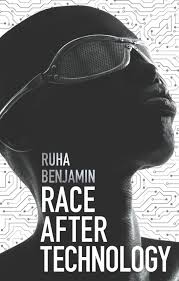 T
T Oates’s friend the novelist John Gardner once suggested that she try writing a story “in which things go well, for a change.” That hasn’t happened yet. Her latest book, the enormous and frequently brilliant “
Oates’s friend the novelist John Gardner once suggested that she try writing a story “in which things go well, for a change.” That hasn’t happened yet. Her latest book, the enormous and frequently brilliant “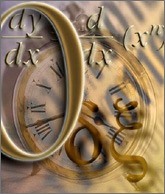 The Sumerians were the first to develop a counting system to keep an account of their stock of goods – cattle, horses, and donkeys, for example. The Sumerian system was positional; that is, the placement of a particular symbol relative to others denoted its value. The Sumerian system was handed down to the Akkadians around 2500 BC and then to the Babylonians in 2000 BC. It was the Babylonians who first conceived of a mark to signify that a number was absent from a column; just as 0 in 1025 signifies that there are no hundreds in that number. Although zero’s Babylonian ancestor was a good start, it would still be centuries before the symbol as we know it appeared.
The Sumerians were the first to develop a counting system to keep an account of their stock of goods – cattle, horses, and donkeys, for example. The Sumerian system was positional; that is, the placement of a particular symbol relative to others denoted its value. The Sumerian system was handed down to the Akkadians around 2500 BC and then to the Babylonians in 2000 BC. It was the Babylonians who first conceived of a mark to signify that a number was absent from a column; just as 0 in 1025 signifies that there are no hundreds in that number. Although zero’s Babylonian ancestor was a good start, it would still be centuries before the symbol as we know it appeared.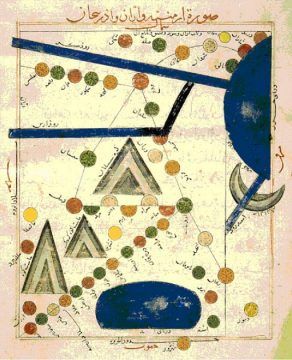 One of the greatest minds of the early mathematical production in Arabic was Abu Abdullah Muhammad ibn Musa al-Khwarizmi (b. before 800, d. after 847 in Baghdad) who was a mathematician and astronomer as well as a geographer and a historian. It is said that he is the author in Arabic of one of the oldest astronomical tables, of one the oldest works on arithmetic and the oldest work on algebra; some of his scientific contributions were translated into Latin and were used until the 16th century as the principal mathematical textbooks in European universities. Originally he belonged to Khwârazm (modern Khiwa) situated in Turkistan but he carried on his scientific career in Baghdad and all his works are in Arabic.
One of the greatest minds of the early mathematical production in Arabic was Abu Abdullah Muhammad ibn Musa al-Khwarizmi (b. before 800, d. after 847 in Baghdad) who was a mathematician and astronomer as well as a geographer and a historian. It is said that he is the author in Arabic of one of the oldest astronomical tables, of one the oldest works on arithmetic and the oldest work on algebra; some of his scientific contributions were translated into Latin and were used until the 16th century as the principal mathematical textbooks in European universities. Originally he belonged to Khwârazm (modern Khiwa) situated in Turkistan but he carried on his scientific career in Baghdad and all his works are in Arabic. Some people claim that the prominent display of statues to controversial events or people, such as confederate generals in the southern United States, merely memorialises historical facts that unfortunately make some people uncomfortable. This is false. Firstly, such statues have nothing to do with history or facts and everything to do with projecting an illiberal political domination into the future. Secondly, upsetting a certain group of people is not an accident but exactly what they are supposed to do.
Some people claim that the prominent display of statues to controversial events or people, such as confederate generals in the southern United States, merely memorialises historical facts that unfortunately make some people uncomfortable. This is false. Firstly, such statues have nothing to do with history or facts and everything to do with projecting an illiberal political domination into the future. Secondly, upsetting a certain group of people is not an accident but exactly what they are supposed to do.
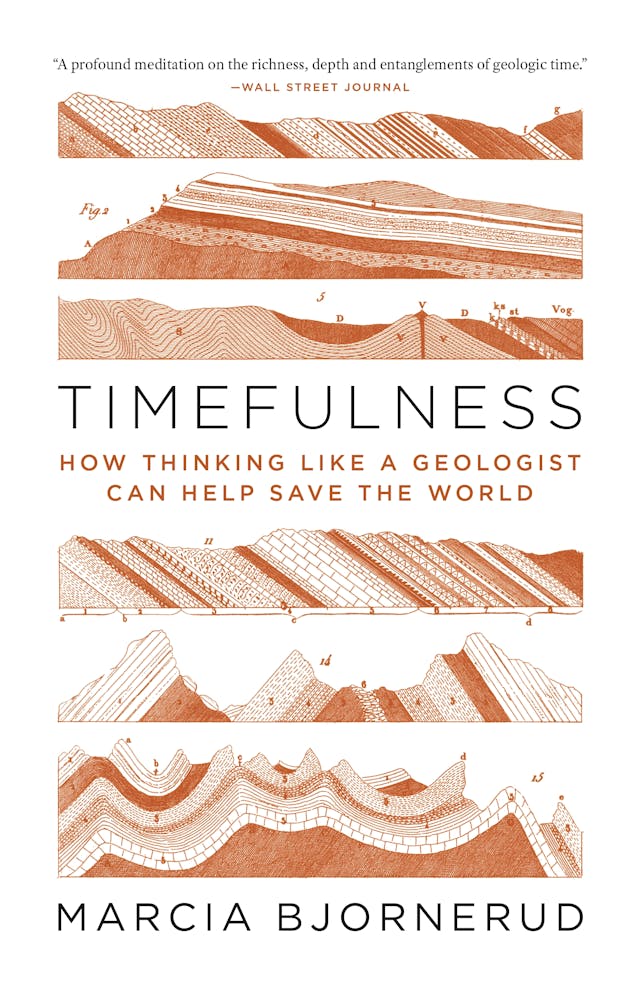 by Paul Braterman
by Paul Braterman
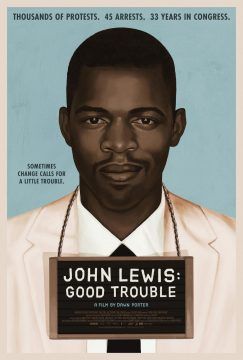 John Lewis: Good Trouble
John Lewis: Good Trouble 


